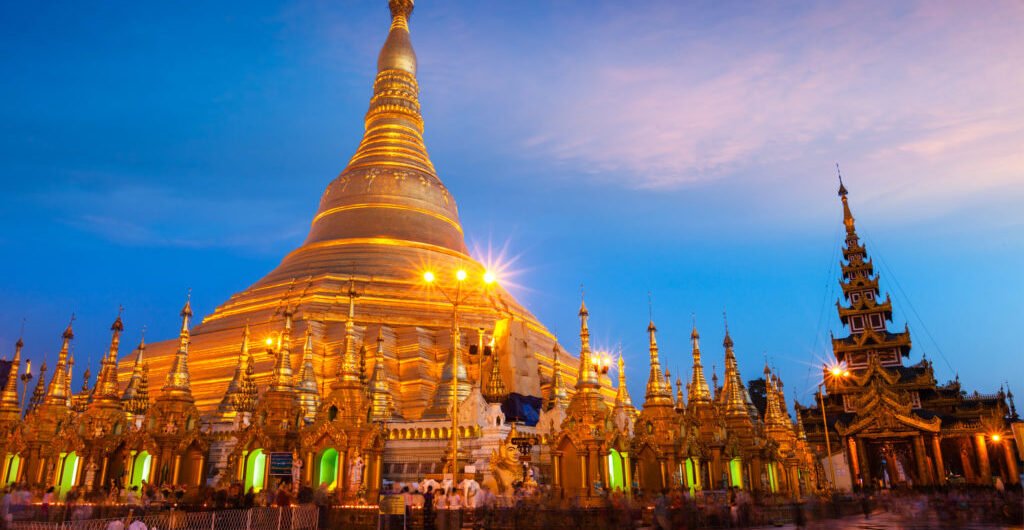Buddhist Monasteries beckon seekers of peace and wisdom to explore ancient sanctums steeped in history, where echoes of enlightenment resonate amidst serene landscapes in “Sanctuaries of Serenity: 10 Must-Visit Buddhist Monasteries Around the World.
Buddhist monasteries are religious communities where Buddhist monks and nuns live, study, and practice their faith. These monastic establishments vary in size and function, but they typically serve as centers for meditation, learning, and religious rituals. There are several types of Buddhist monasteries, including:
Theravada Monasteries: Found predominantly in Southeast Asia, these monasteries adhere to the teachings of the Theravada tradition, focusing on the original teachings of the Buddha as preserved in the Pali Canon.
Mahayana Monasteries: Commonly found in East Asia, Mahayana monasteries follow the broader Mahayana tradition, which includes diverse schools like Zen, Pure Land, and Tibetan Buddhism. These monasteries often emphasize the cultivation of compassion and the pursuit of enlightenment for the benefit of all beings.
Vajrayana Monasteries: Primarily located in Tibet and the Himalayan regions, Vajrayana monasteries specialize in the esoteric teachings and practices of Tibetan Buddhism. They often house intricate rituals, empowerments, and elaborate ceremonies conducted by trained lamas and practitioners.
Forest Monasteries: These monasteries, prevalent in Theravada Buddhist countries like Thailand and Myanmar, are situated in remote forested areas, providing an ideal environment for meditation and solitude. Forest monasteries are known for their focus on meditation and simplicity of living.
Urban Monasteries: Found in cities and towns around the world, urban monasteries cater to modern practitioners seeking spiritual guidance and community support while navigating the demands of contemporary life. They offer teachings, meditation sessions, and communal activities accessible to urban dwellers.
Buddhist Monasteries Taktsang Palphug Monastery (Tiger’s Nest), Bhutan:
Perched precariously on a cliff in the Paro Valley, this sacred site traces back to the 8th century when Guru Padmasambhava meditated here for three years, three months, and three days. The best time to visit is from March to May and September to November when the weather is pleasant.
Shaolin Monastery, China:
Founded in the 5th century, Shaolin Monastery in Henan Province is renowned for its association with Chan Buddhism and Shaolin Kung Fu. The best time to visit is during the spring and autumn months for milder temperatures and fewer crowds.
Sera Monastery, Tibet:
Built in 1419, Sera Monastery is one of the great monastic universities of Tibet, known for its rigorous debates among monks. The best time to visit is from April to October, avoiding the harsh winter months.
Shwedagon Pagoda, Myanmar:
Standing tall in Yangon, this gilded stupa is believed to enshrine relics of previous Buddhas. Optimal timing for a visit coincides with the dry season, spanning from November through February, offering a respite from the heat with cooler temperatures
Mahabodhi Temple, India:
Situated in Bodh Gaya, Bihar, this UNESCO World Heritage Site marks the spot where Siddhartha Gautama attained enlightenment. Prime visiting months extend from October to March, wisely dodging the monsoon deluge for a more enjoyable experience.
Ganden Monastery, Tibet:
Founded in 1409, Ganden Monastery offers breathtaking views of the surrounding valleys and mountains. The best time to visit is from May to October when the weather is conducive to trekking and sightseeing.
Wat Arun, Thailand:
Located in Bangkok, Wat Arun, or the Temple of Dawn, is known for its stunning architecture and serene ambience. The best time to visit is early morning or late afternoon to avoid the crowds and witness the sunrise or sunset.
Haeinsa Temple, South Korea:
Founded in the 9th century, Haeinsa Temple is home to the Tripitaka Koreana, a UNESCO World Heritage Site. The best time to visit is during the autumn months when the foliage surrounding the temple turns vibrant shades of red and gold.
Todai-ji Temple, Japan:
Constructed in the 8th century, Todai-ji Temple houses the Great Buddha, a colossal bronze statue symbolizing the Buddha’s compassion. The best time to visit is during the cherry blossom season in spring or the colorful foliage of autumn.
Paro Taktsang, Bhutan:
Nestled in the cliffs above the Paro Valley, Paro Taktsang, or the Tiger’s Nest, is a symbol of Bhutanese spirituality. The best time to visit is from March to May and September to November, avoiding the monsoon season for clearer views and pleasant weather.
External Source —> https://www.thebuddhistsociety.org/
